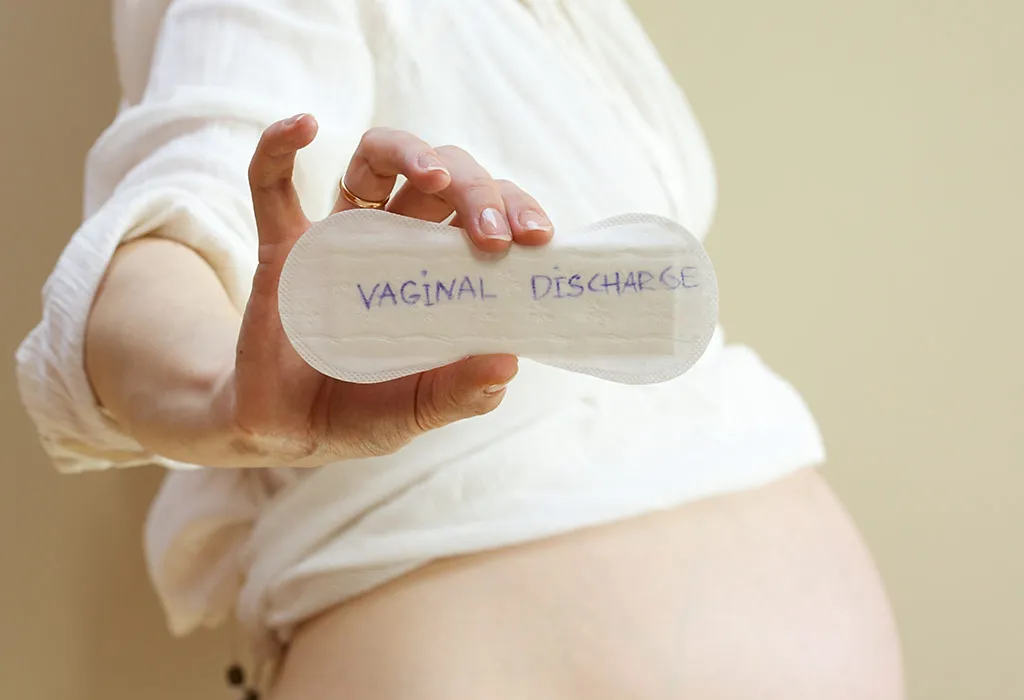A translucent, white or creamy-toned fluid that leaks from your vagina is called vaginal discharge. This fluid, which is primarily composed of dead cells and microorganisms, is produced by your cervix, vagina and uterus. It aids in lubricating and cleaning your vagina, as well as preventing infection and harmful bacteria. Vaginal discharge is a typical and natural procedure; however, abnormalities in your white discharge could indicate an infection or illness.
There are different levels of vaginal discharge in women or those who are identified as females at birth. While some people detect very little, others generate more discharge fluid than others. Your normal vaginal discharge’s colour, texture, smell, or amount changing could indicate an issue. Individuals can usually use medication to address most abnormal vaginal discharge sources.
Discharge from the vagina is frequent and natural. However, the accompanying indications and signs of vaginal discharge are abnormal and need to be assessed by a healthcare professional:
- Vulvar, vaginal entrance, or labia itching
- Skin in the vulvar region that is red, burning, sore, or swollen
- Greenish-yellow or foamy discharge
- Bad smell
- Vaginal discharge with a bloody tint
- Pain during urination or sexual activity
- Pelvic or abdominal pain
Without an inspection, it is typically impossible to determine whether the vaginal discharge is healthy or otherwise. The most accurate method of identifying the aetiology of unusual vaginal discharge is through a physiological examination and evaluation of the vaginal specimen obtained. Self-treatment might complicate the process of trying to arrive at a precise diagnosis, so don’t start it before getting checked out.
Before the inspection, the medical professional could inquire about things like:
- Do you experience back, stomach, or pelvic pain?
- Have you found a new sex partner?
- When did you last have a period?
- Whether you consume any prescription, over-the-counter, or botanical medications?
- Have you recently used feminine goods like pads, tampons, douches, or lubricants?
If your lady doctor prescribes a plan of care for your vaginal discomfort, be sure you are aware of the findings of your tests and the nature of your infection. Sex partners of women who have conditions like yeast infections or bacterial vaginosis don’t need to be treated unless it’s a sexually transmitted disease.
If treatment is required, you should postpone having sex until the process is through.
Many ladies would rather stay away from the doctor. Self-treatment, however, might delay getting the right diagnosis, be expensive, or possibly make symptoms worse. Before beginning any treatment, one should typically undertake a clinical diagnosis. In particular, if the discharge is caused by an infection, you shouldn’t douche to clear it away because doing so could make the condition worse. Visit a lady doctor without delay if you’re experiencing any of the mentioned symptoms in this article, and seek help!
Related Blogspot:





